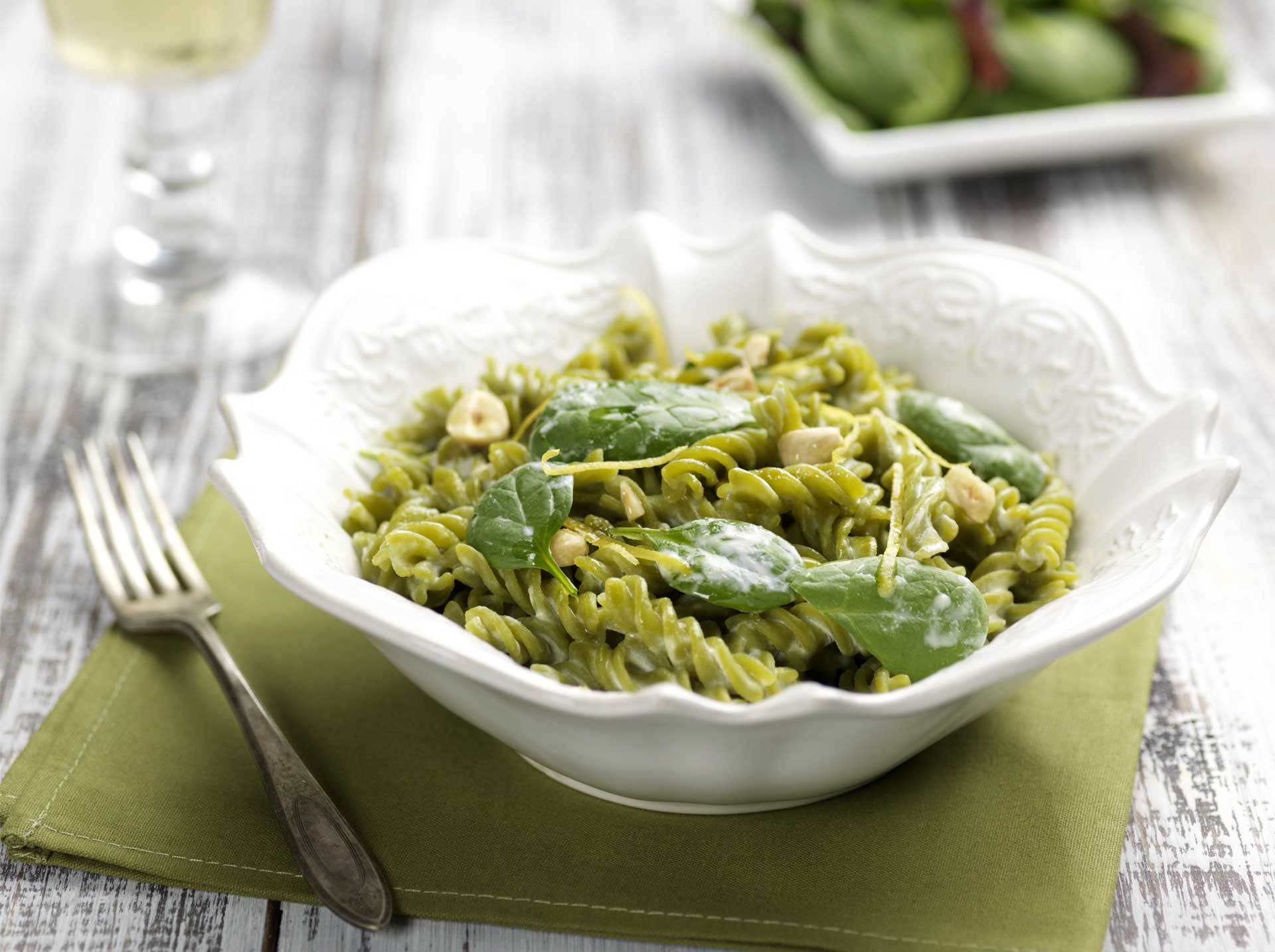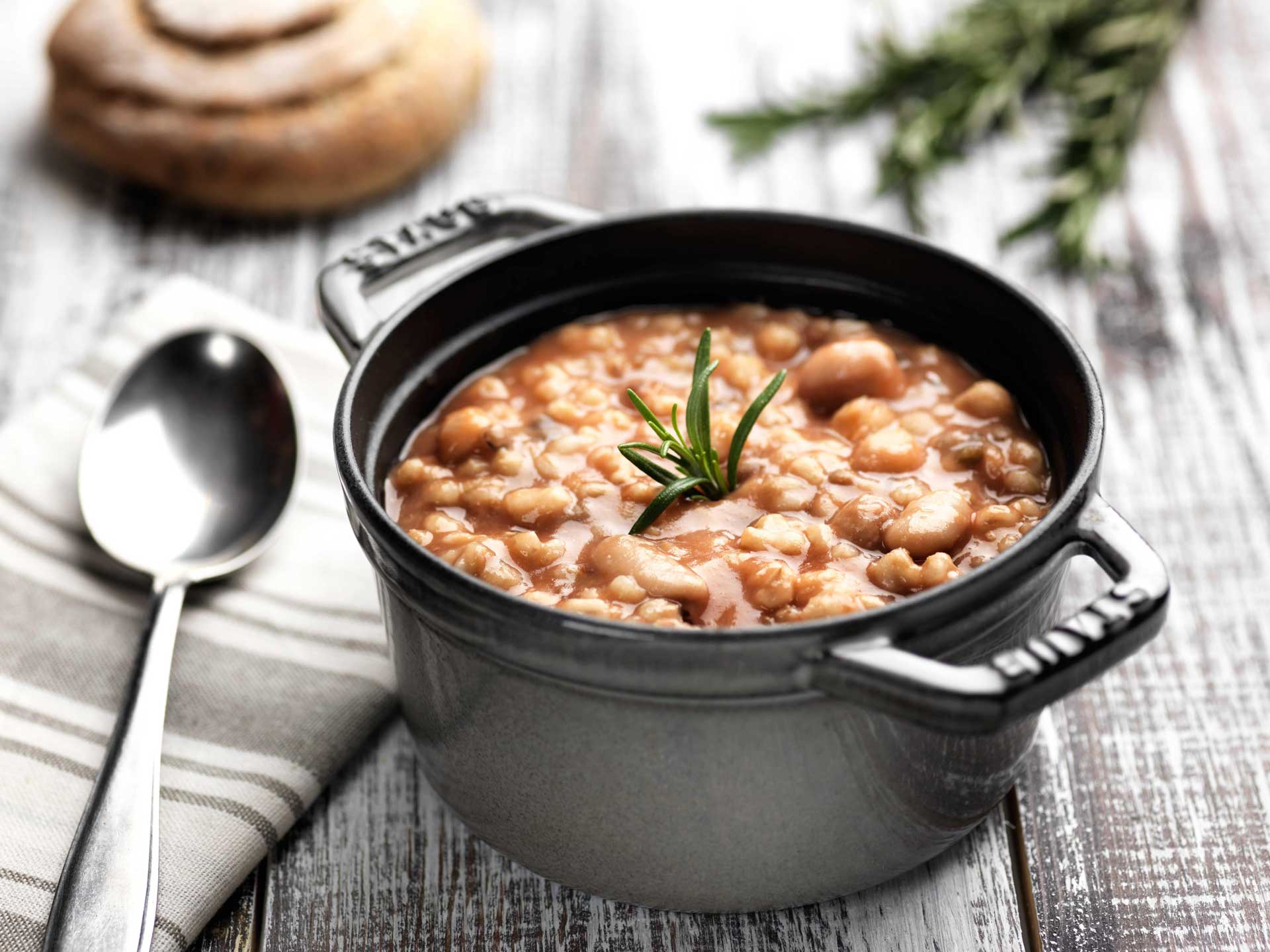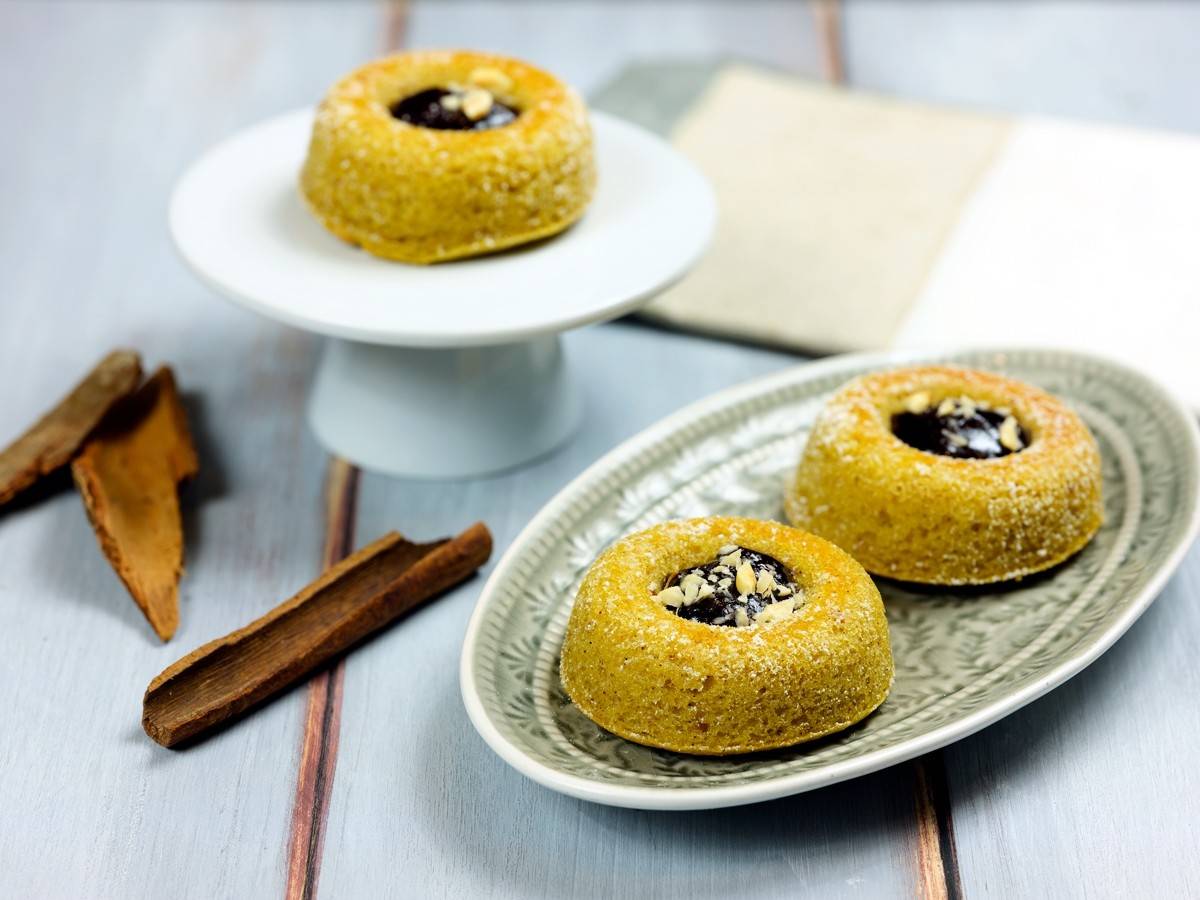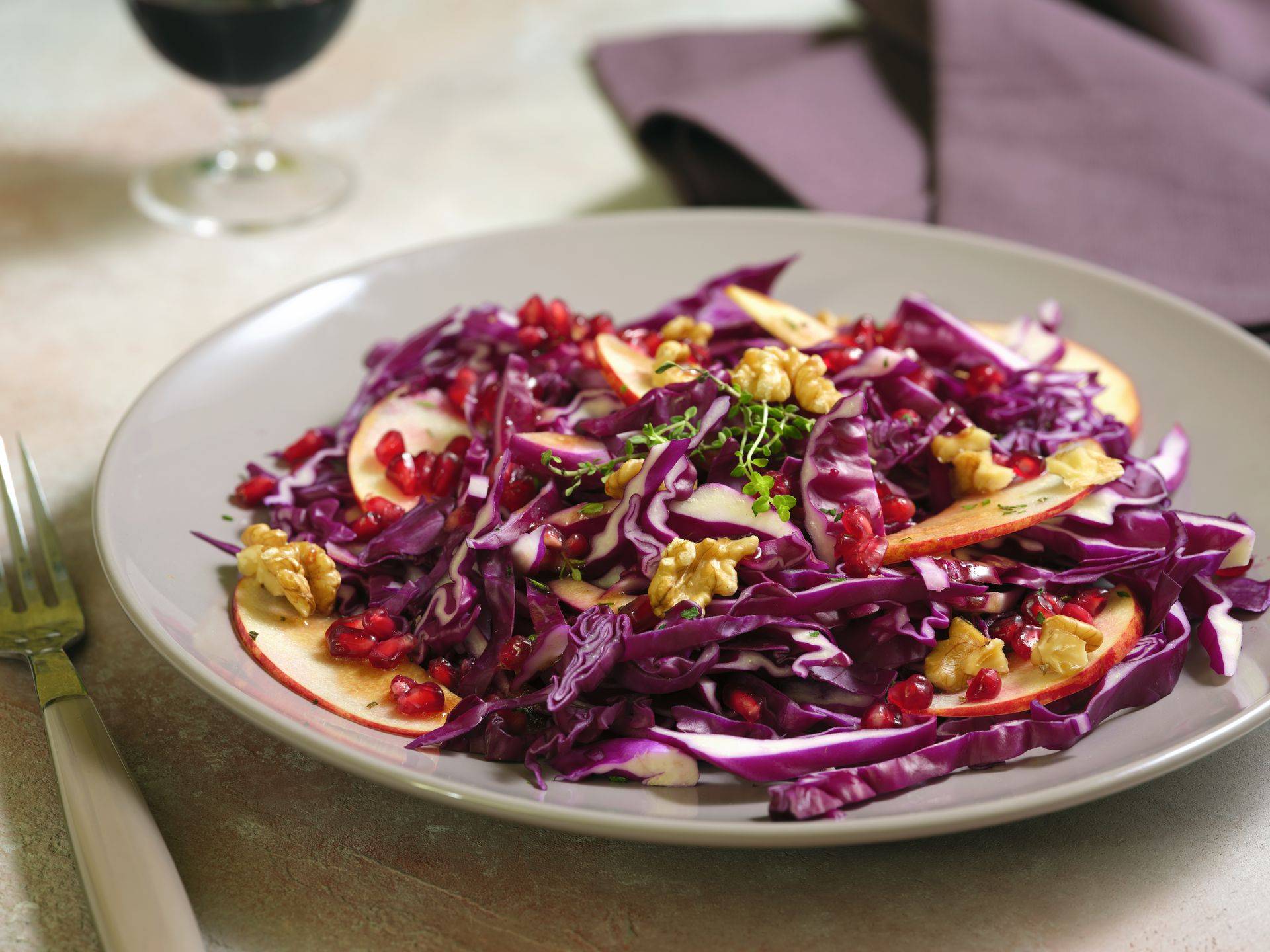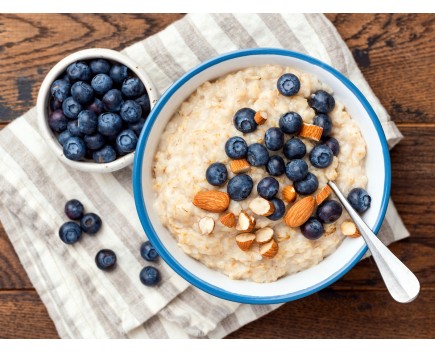
Protein Breakfast: Some Tips to Follow
Contrary to its name, a protein breakfast is not entirely protein-based but simply includes a higher protein portion compared to the typical amount we are accustomed to.
Breakfast is the first meal of the day and is crucial: recent studies have shown that those who regularly have breakfast not only enjoy better health and well-being but also have a more advantageous metabolic and cardiovascular profile. This is even more true for children and adolescents, as it seems that better psycho-attitudinal performance and improved academic performance are a result of habitual breakfast consumption at home.
However, not everyone wakes up with an appetite, and not everyone feels like eating in the early hours of the morning, especially those who are forced to wake up very early for school or work. In this case, it is possible to postpone breakfast to later, provided that it is not completely eliminated.
With a view to reducing the consumption of simple sugars, I propose various less sweet and more protein-rich alternative solutions that could still satisfy your taste buds and be nutritious and much more filling.
Contrary to its name, a protein breakfast is not entirely protein-based but simply includes a higher protein portion compared to the typical amount we are accustomed to.
By including a small amount of protein at breakfast, hunger pangs in the morning decrease, and in general, there will be a tendency to eat less at lunch.
Therefore, I would exclude sweet breakfasts at bars (cappuccino and brioches), especially if it is a daily habit: in a correct diet, it should remain only an occasional pleasure.
For those who like the classic sweet breakfast composed of milk or yogurt with slices and jam or biscuits or cereals and coffee or barley or herbal teas, there is no need to give it up, just make small adjustments to make it less sugary (and more protein-rich).
Here's what to use:
Low-fat milk or yogurt; strictly plain white yogurt.
Coffee or tea or barley or herbal teas without sugar.
Whole-grain rusks with organic jams made only with fruit sugars.
Or:
Wholemeal biscuits (without refined flour) made with oat or buckwheat flour and seeds and/or dried fruit (even better if homemade).
Or:
Natural oat flakes (without added sugars) instead of cornflakes, also to prepare an English-style porridge.
American-style Breakfast (but not too much)
This option is for those who have more time in the morning to prepare:
Pancakes made with oat flour, egg white, milk, and almond or hazelnut flour can become a valid alternative to the classic breakfast.
To garnish, you can use strawberries, blueberries, or fresh fruit of your choice; or a thin layer of organic jam.
Accompany with a long American coffee or a herbal tea of your choice (always without sugar).
Reinforced Breakfast
Here is my proposal for those who are not hungry early in the morning or for those who love savory foods at all hours:
Rye bread or wholemeal bread or quinoa cakes
A soft-boiled or hard-boiled egg or ricotta or goat cheese or bresaola (maximum once a week) or smoked salmon -> alternate between all choices
A citrus juice or a fruit of your choice
A bitter coffee
This way, breakfast and morning snack are combined, and the feeling of satiety should be ensured until lunchtime!
Dr. Concetta Mauriello
